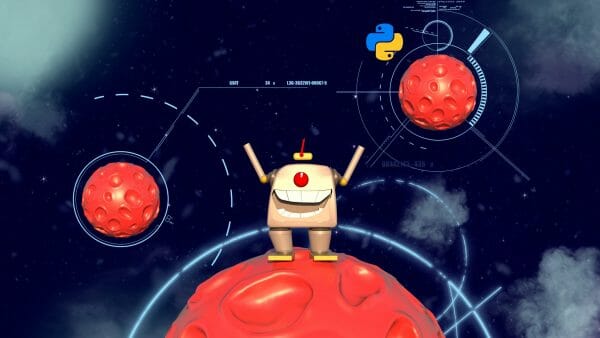So, what is Python programming – and did you know it’s one of the most in-demand programming languages in the industry right now?
In fact, a survey of developers by CodinGame lists Python as the #1 most loved programming language, as well as the third most known programming language. Whether web development, advanced data analysis, or even the realm of mobile apps, Python has wormed its way into almost all realms of the industry – and for good reason!
Learning Python programming can not only make your coding skills versatile, but also gives you the flexibility to do simple and advanced tasks in relatively easy ways. It should be no wonder why the programming language has gained such a foothold and is quickly becoming one of the most used languages around. If you’re new to programming or Python, though, you still might be a bit skeptical about what the hubbub is about this (fantastic) programming language.
In this beginner-friendly post, we will help you familiarize yourself with Python and take that first step into answering what is Python programming, why you should learn Python, and how you can learn about Python with helpful Python tutorials. Let’s waste no time and dive into understanding the Python programming language!
Table of contents
What is Python Programming?
Let’s just start off strong out of the gate and answer what is Python programming.
Python is a programming language that has been around since 1991. Created by Guido van Rossum, it is a general-purpose language that can be used for software, apps, web development, and more, which attributes largely to the foothold it has managed to gain in development. It is also a high-level, interpreted language, meaning it is far from machine code (thus more human-readable) and executed freely at runtime, making it an easy language to work with and alter on the go (this is in contrast to compile, so if you were asking “is Python compiled or interpreted”, there’s your answer).
In fact, the entire design philosophy behind Python was to create a programming language with optimal human readability. As such, compared to other languages, Python code has a higher emphasis on the use of whitespace and indentation. Additionally, it does away with pesky punctuation (like semicolons, the bane of many experienced programmers) and instead ends instructions by line – overall resulting in a clean look for human programmers to read and understanding.
Oh, also, don’t worry. You can use Python for object-oriented programming as well.
What can you do with Python?
Now that some of the technical information is out of the way in terms of what is Python programming, let’s talk about what you can actually do with Python programming. As mentioned above, Python is a general-purpose programming language, so the only real limit is your own imagination. However, we’ve broken down some of the main areas below to understand just a little bit of the full scope and power at your fingertips.
In relation to Python programming, Zenva offers a comprehensive course known as the Python Mini-Degree. This product not only provides an in-depth understanding of Python, but it also allows learners to apply their knowledge in creating games, apps, and even AI chatbots. With a structured curriculum from coding basics to advanced app development, it serves as a valuable resource for both beginners and seasoned programmers looking to master Python.

Automate
One area that interests many people when they first learn about Python is automation (and how many people actually answer what is Python programming). We all have those tedious tasks in our life we just don’t want to do – like editing files with the same information, backing up specific files more frequently than others, etc. With Python code, people have found it easy to create small scripts and programs that do these tasks for us. Need to add a watermark to 100s of images? Automate it! Need to delete files in a folder on a regular basis? Automate it!
In fact, you can take this a step further and combine Python with the web! This means, for example, you can have Python send you e-mail alerts when it’s time to backup your computer. Or perhaps you want to be alerted when a specific webpage updates with new information.
As you guessed it, this is another thing you can automate with Python. The list goes on and on, but as a human-readable programming language, more and more people have managed to take tedious tasks off their shoulders and sit back worry-free while their program chugs away doing them automatically – saving time for the more important things in life.
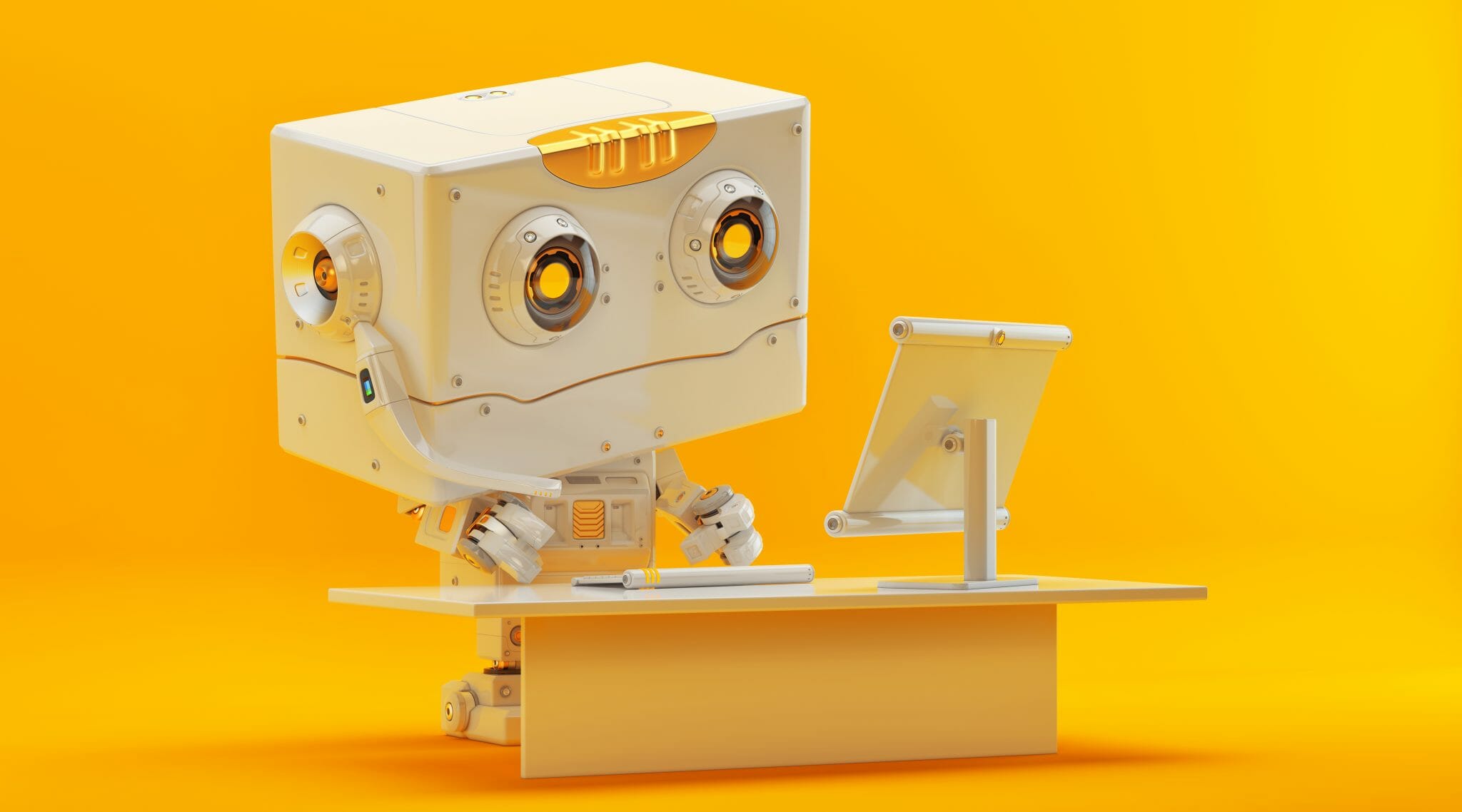
Data Science
Data science is another big area in understanding what is Python programming in its full scope.
In today’s business world, data collection is paramount for success. Customer activity, industry forecasts, marketing campaign progress, and more all are what truly run today’s world into the expansive field of data science. However, you need a way to both collect data and manipulate that data for interpretation.
This is where Python’s ease of use has truly shined, since it is the programming language people have turned to for both tasks. Not only can Python be scripted to collect data, but with the right frameworks, it is easy to automatically create graphs, tables, and more so businesses can interpret the data and make those crucial decisions that much quicker. This has also made it easier for businesses to A/B test and improve their products and services little by little with data that proves the correct direction.
Beyond this, data science also includes things like web scraping, as Python has the ability to go through numerous webpages and pull specific data from them. This is not to mention its applications for databases that are full of data for Python code to take advantage of and automatically use for actionable, data-driven tasks. Overall, when combined with automation, Python makes dealing with data a breeze!
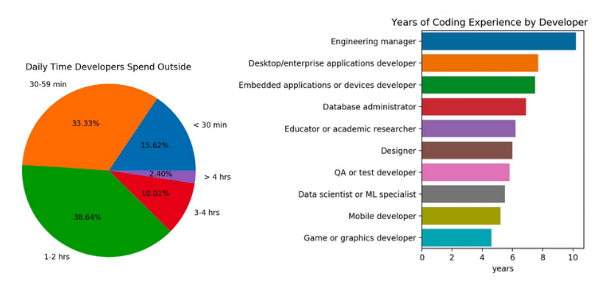
Machine Learning, Computer Vision, and AIs
More popular that every before, what is Python programming can often be considered what is now powering the current AI trend.
There is no question our machines are becoming “smarter.” If they weren’t, we wouldn’t be able to have things like self-driving cars, Instagram filters, and similar. However, as you might imagine, teaching a computer to be smart, or even just to “see” an image is a very complicated task that involves lots of finite tweaking and immense amounts of data to train the program. This is one area where there is no question about why Python is, thus, the top choice.
As mentioned, the Python programming language is a high-level, interpreted language. This allows experienced programmers to not only code these complicated tasks in ways that are easy to read, but also use the fact it’s interpreted to more easily tweak things on the fly without having to deal with the time-consuming process of compiling and re-compiling their code every time they change a simple number.
There are few contenders when it comes to Python in this area, so if you want to make smart machines that can recognize images or simply learn to write stories, Python is the way to go.
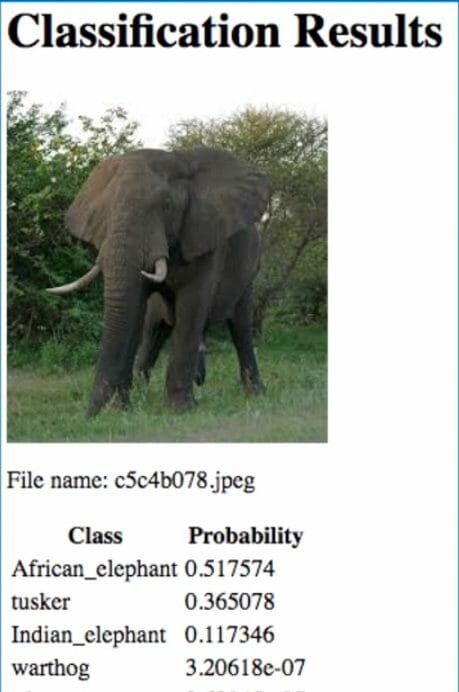
Software, Games, & Apps
While we’ve already covered the main areas the Python programming language is widely used for (and what is Python programming), remember that Python can do a wide range of tasks. As such, while not usually the go-to for a lot of developers, Python can still be used to create software, games, and apps.
In fact, there are a variety of frameworks and engines like Ren’Py, PyGame, and Kivy that exist for this express purpose to make it easier – and this doesn’t include frameworks suited for software development. Due to Python’s readability, it also makes it attractive for this area.
It is worth noting that many software, while not written in Python as the main language, will still be integrated with Python interpreters to allow users and developers to create scripts. One such example is the open-source modeling software Blender, which not only lets users access API elements of the program, but also provides the backbone for some of Blender’s tools. Thus, all around, Python is recognized as a powerhouse that is fantastic at certain tasks that are perhaps more tedious in other languages.

Web Development
Last but definitely not least, Python can be used for the web. We already mentioned that Python is capable of crawling the web and scraping data from it, which is definitely one powerful use for it depending on your web project! However, Python web development goes far beyond this and is in fact a big part in consider what is Python programming.
Once again, thanks to Python’s ability to handle data in human-readable ways, Python has found extensive use for controlling website backends. This includes things like communicating with databases, handling CRUD (Create, Read, Update, Delete) functions, or even manipulating the DOM if necessary. Similarly to software, games, and apps, there are even specific frameworks designed around the language to make integrating Python not only easy, but beneficial to creating a smooth web project.
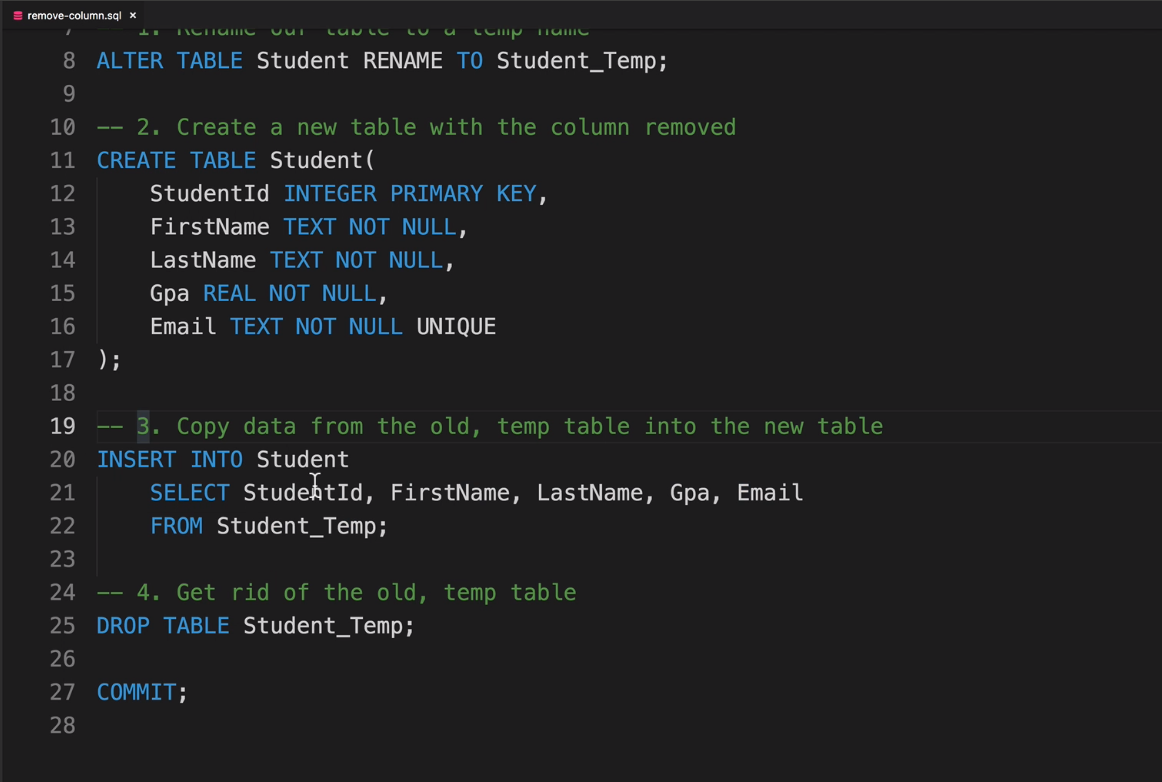
Why Learn Python?
At this point, we’ve learned quite a bit about what is Python programming and where you’ll find it. However, maybe you still aren’t quite sure why you should learn Python, especially compared to other languages that are equally beloved. In this brief section, we’re going to break down the main points of why you would want to learn python programming and how it will benefit you.
As we delve deeper into the realm of Python Programming, Zenva’s Python Mini-Degree offers a hands-on approach to mastering this versatile language. Not only does it comprehensively cover the nuances of Python, including game development and app creation, but it also enables you to work on practical projects, enhancing your professional portfolio. Given Python’s dominance in fields ranging from software development to data science, this Mini-Degree acts as a powerful resource to kickstart or advance your coding journey.
- It’s beginner-friendly.
As mentioned many times already, Python’s design principle was around human readability. Comparatively, it is much easier to read and write than other programming languages, which all have their own specific quirks when it comes to syntax. This clean look makes it immensely easy to learn for first-time programmers and get them started making their own projects. It is also helpful as you become more experienced, as fields like data science can get complicated the more experienced you become. - It’s easy to use for complex tasks.
For data-heavy tasks seen in data science and machine learning, Python’s readability once again makes it stand out. Python can be used quickly and efficiently to break these sorts of complex tasks down into as few lines of code as possible. It also makes it easy for you, the programmer, to come back later, understand what you were doing, and adjust the code quickly and easily without having to fuss over the complexity in the backend. - It’s versatile.
Maybe you’re one of those developers who wants to make games, websites, software, data science solutions, and automation scripts all at the same time – if only just because you can. Since Python is a general-purpose language, it can do all this and more. This sheer amount of versatility cannot be found in all programming languages, so if you want skills that can be applied in several areas, Python is a good choice.
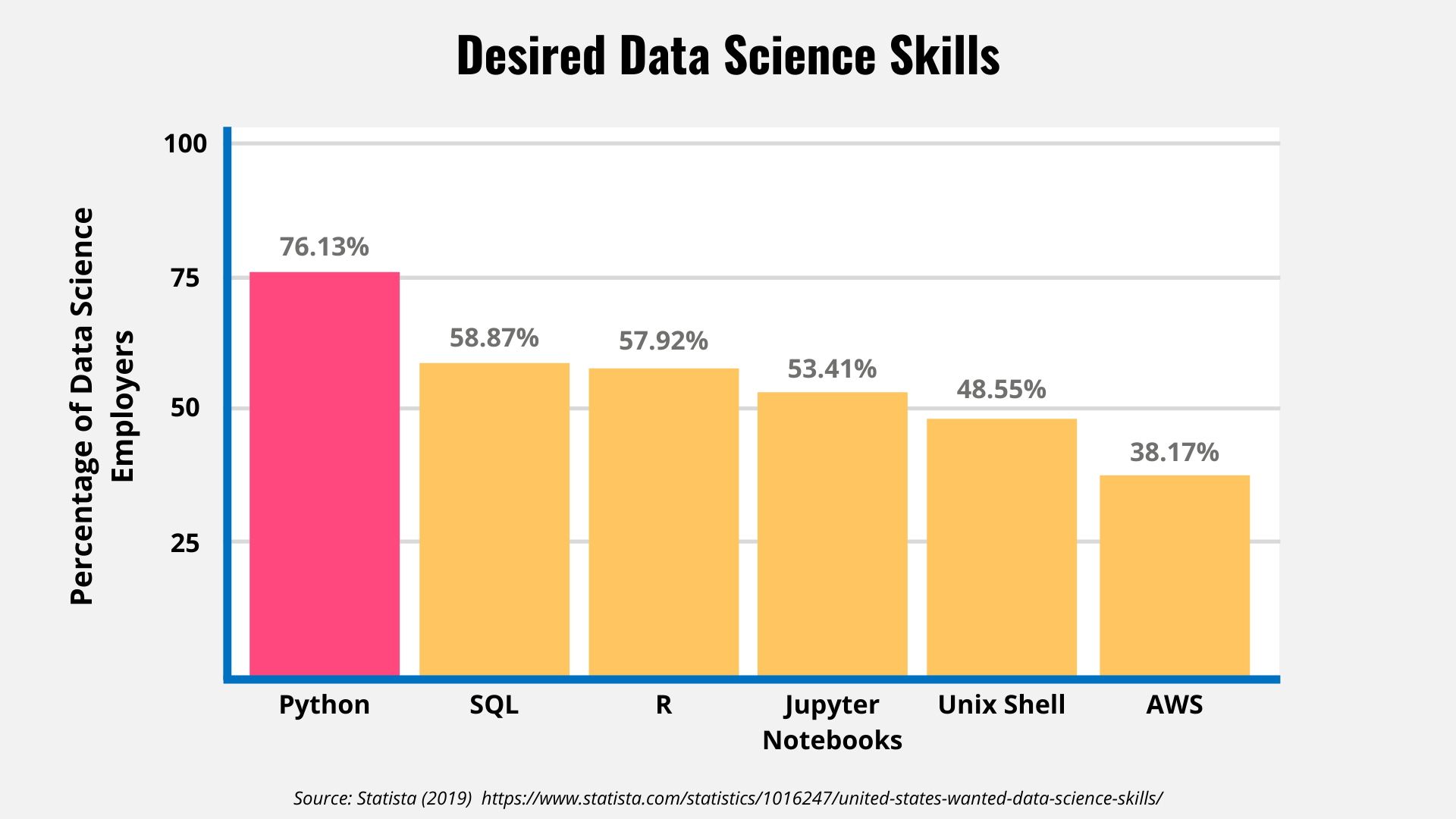
- Python is highly in-demand.
Particularly in the fields of data analysis and manipulation, Python is the most requested skill-set. As a growing industry, this puts Python on the fast-track to overshadow other languages. However, even outside of this subfield, the Python programming language is noted by CodinGame’s survey to be the third most popular language in general, so you can rest assured you’ll be gaining skills others want! - There are great salary opportunities.
Depending on where you specialize with your Python skills and are located, salary earnings can be immense. For instance, Indeed lists Python developers (with no stated specialization), to earn $110,305 per year in the US on average. Other fields like data scientists and machine learning engineers average at $74,239/year and $130,954/year respectively. Some polling places put the salaries even higher – so suffice it to say, there is fantastic earning potential. - There are ample amounts of frameworks and libraries.
For anyone familiar with coding, you’ll know that frameworks and libraries can be essential for simplifying certain tasks you want to do. As such a popular language, there are a ton of frameworks and libraries available for Python. This includes frameworks that help you train your AIs, create graphs based on simple lines of code, master data science, or even help integrate Python into your website. With the amount of support available, it is very easy to find a framework (and corresponding Python tutorial) to make your life even easier! - There is a large community.
Coding alone can be a drag if you need help with something – especially when we start talking about complicated fields like data science and machine learning. Thankfully, since Python is so popular, there is a huge community ready and willing to help you learn – making it all the easier to learn by association. So don’t fret when it comes to community resources available.
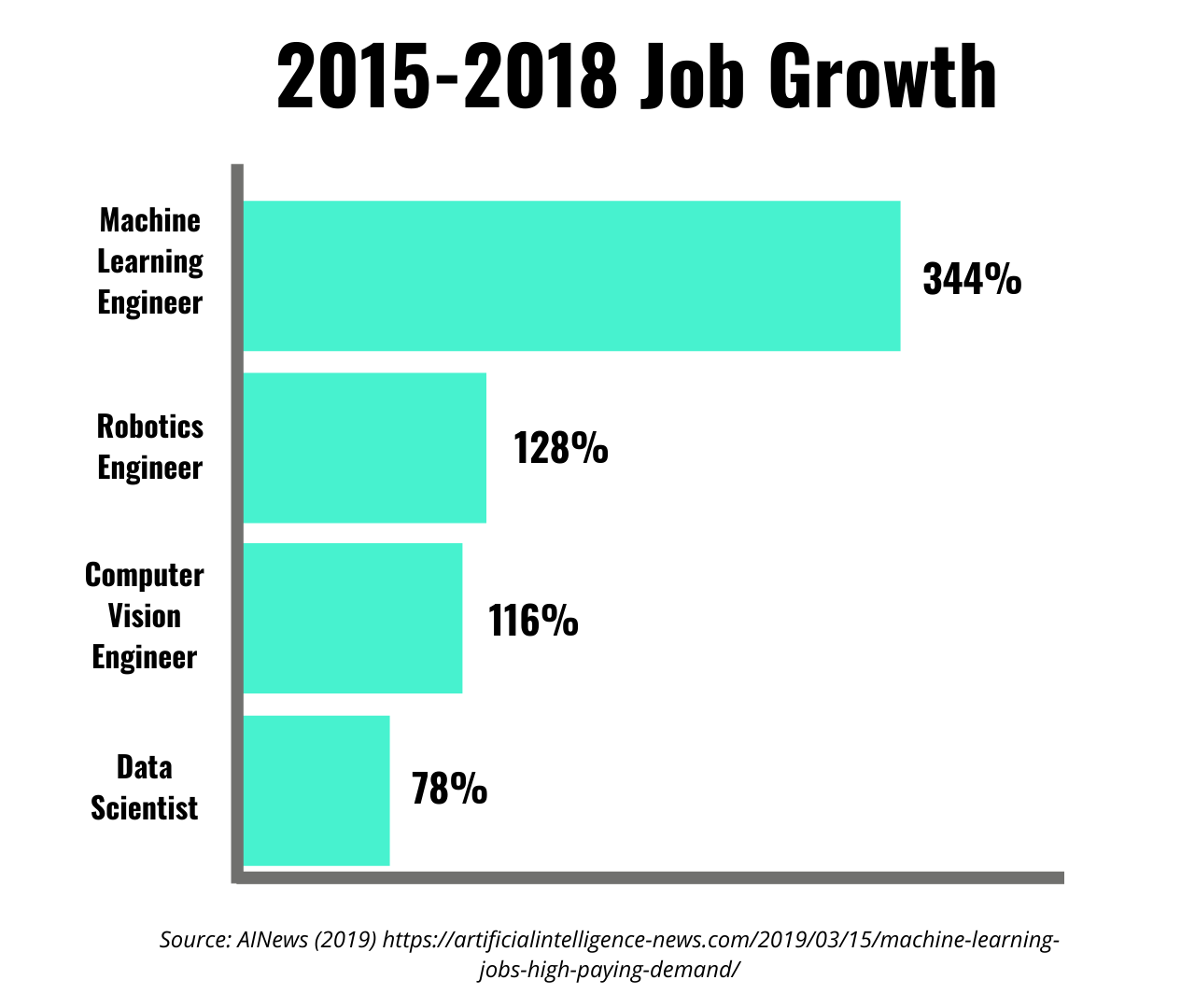
How do I learn Python?
We’ve mastered the ideas of what is Python programming, so the last question remaining is how one might learn this popular and fantastic language to create Python programs. Below, we have created three broad sections that will help you master using Python programming in no time with a variety of Python tutorials.
Master Python syntax & coding principles
As the saying goes, you have to learn to crawl before you can walk. In the case of programming, regardless of language, this is very true.
Before you dive into anything else related to Python (or a deeper dive into other topics we described earlier for what is Python programming), it’s important to learn the coding basics. This includes not only Python syntax (i.e. the language’s “grammar”) but also high-level concepts like variables, loops, arrays, and so forth. Without these, no programs can be created – even if you just want to do some basic data science. To get started, we’ve compiled some of our favorite resources below, so please check out each Python tutorial:
- Python Mini-Degree by Zenva
- Python Foundations by Zenva
- Free Course – Python 101 by Zenva
- Python Tutorial for Absolute Beginners by CS Dojo
- A Bite-Sized Guide to Python by Nimish Narang
- Python Tutorial Series by Socratica

Learn relevant Python frameworks & languages
Once you learn the basics of using Python and the foundations of what is Python programming, you’ll also want to explore Python’s frameworks and libraries. Now, this is definitely no easy task even with the many Python tutorials available, as one of Python’s strengths is the immense amount of frameworks and libraries that exist for it.
Additionally, because Python is used just about everywhere, many frameworks are specialized for specific tasks such as data science or machine learning. That being said, it is good to explore some of the basic frameworks available to get your feet wet and further solidify the basics of Python.
While we can’t cover every single framework and standard library, we’ve gathered some of our favorites, introduced what they’re for, and provided learning resources below. There are a ton more available, so don’t forget to explore more about what is Python programming.
NumPy – A library focused on matrices and multi-dimensional arrays. Widely used for data science as a computational tool.
- NumPy Matrices and Vectors by Zenva
- A Bite-Sized Guide to NumPy Nimish Narang
- Complete Python NumPy Tutorial by Keith Galli
- NumPy Tutorial 2020 by Derek Banas
Pandas – A data-oriented software library with a specific focus on manipulating data and analyzing it. Used often for data science.
- Data Manipulation with Pandas by Zenva
- Data Analysis with Pandas by Zenva
- Probability for Data Science Tutorial by Mohit Deshpande
- Pandas Tutorial series by codebasics
- Complete Python Pandas Data Science Tutorial! by Keith Galli
Matplotlib – A library focused on data visualization for data science. Primarily concerned with creating a variety of charts to understand data.
- The Complete Python Data Visualization Course by Zenva
- A Bite-Sized Guide to Data Visualization by Mohit Deshpande
- Python Matplotlib Complete Tutorial for Beginners by Abhishek Agarrwal
- Matplotlib Tutorials by Corey Schafer
Tensorflow – A library focused on controlling data flow, making it one of the top libraries used for machine learning neural networks.
- Machine Learning for Beginners with TensorFlow by Zenva
- Overview of Machine Learning by Mohit Deshpande
- TensorFlow in 5 Minutes by Siraj Raval
- Tensorflow Basics by Mark Jay
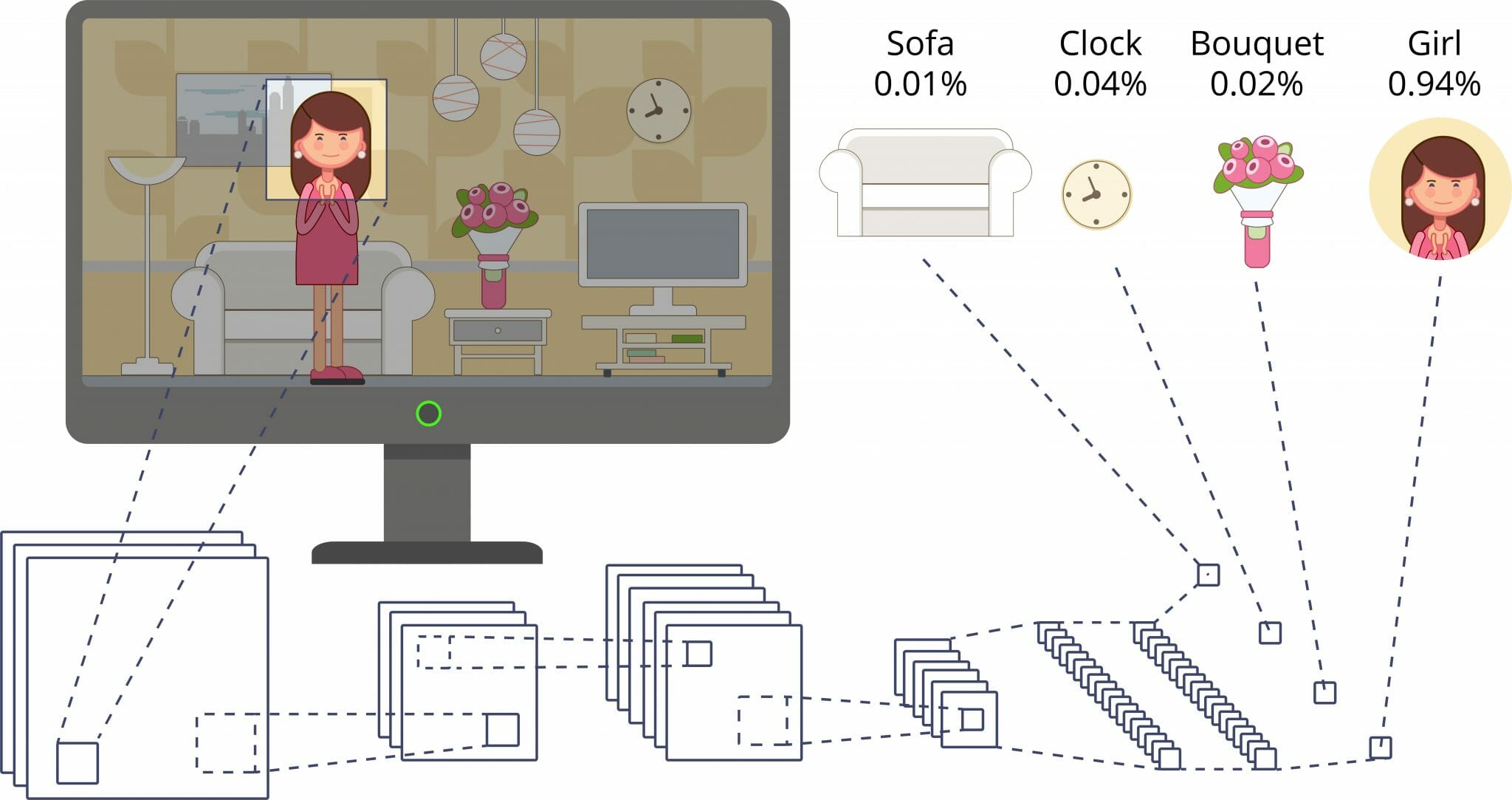
Keras – A library focused on neural networks and being user-friendly for machine learning. Works fantastically with Tensorflow!
- Convolutional Neural Networks for Image Classification by Zenva
- Introduction to Convolutional Neural Networks for Vision Tasks by Mohit Deshpande
- Deep Learning with Python, TensorFlow, and Keras tutorial by sentdex
- Getting Started with Keras by Google Cloud Platform
Pygame – A cross-platform framework used to make games with Python.
- Learn Python and Pygame by Making a Game
- Pygame Programming Tutorials by Tech with Tim
- Python Game Programming using Pygame and Python 3 series by buildwithpython
- Pygame Tutorial Series by DaFluffyPotato
Kivy – A framework focused on creating well-designed and touch-compatible UIs. Sees particular use for mobile apps and web applications.
- The Complete Kivy App Development Course by Zenva
- Kivy Tutorials Python series by Tech with Tim
- Kivy App Development Tutorial series by Coder Monk
- Kivy – Mobile and Desktop App Dev w/ Python series by sentdex
Django – A web framework designed to make creating web applicationss easier with Python.
- Django Tutorials by Corey Schafer
- Python Django Tutorial 2020 – Full Course for Beginners by Clever Programmer
- Django Crash Course Tutorials by Dennis Ivy
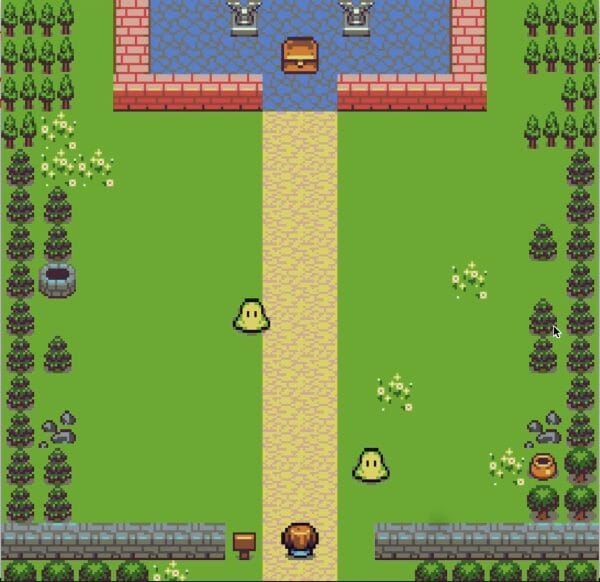
Create a project
Finally, with an understanding of some of the frameworks available and solid foundations on what is Python programming, the next step is to combine it all and actually learn how to use Python and those frameworks to make some Python programs.
Once again, we’ve compiled a list of Python tutorials focused on building projects that you can make with your newfound software development skills. What sort of project you make is up to you, whether you dive into software, machine learning, data science, or something else – but learning to actually apply the programming knowledge you learn is half the battle.
Automation
- Super quick Python automation ideas by Kalle Hallden
- Automating LIFE with Python by Davide Merlin
- Automate YOUR PROJECT with PYTHON – Fun Tutorials by Devscover With Wayne
- Automate Spotify with Python by The Come Up
- How to Automate WhatsApp with 15 lines of Python Code by Programming Hero
Data Science
- Data Science Mini-Degree projects by Zenva
- Building Blocks – Data Science and Linear Regression by Mohit Deshpande
- Data Science Project From Scratch by Ken Jee
- Solving real world data science tasks with Python Pandas! by Keith Galli
- Data Analysis with Python | Weather Dataset by DATA SCIENCE LOVERS

Machine Learning & Computer Vision
- Machine Learning Mini-Degree projects by Zenva
- Face Recognition with Eigenfaces by Mohit Deshpande
- An Overview of Reinforcement Learning: Teaching Machines to Play Games by Mohit Deshpande
- Machine Learning Projects for Beginners by Tech With Tim
- Build a PERSONALITY SYSTEM using Basic PYTHON by Karolina Sowinska
- FACE RECOGNITION + ATTENDANCE PROJECT by Murtaza’s Workshop – Robotics and AI
Software/Game/App Python Development
- The Complete Kivy App Development Course by Zenva
- 15 Python Projects in Under 15 Minutes by Tech with Tim
- My Simple Python Turtle Graphics Football Game by Jackhammer Development
- Learning pygame by making Flappy Bird by Clear Code
- Build A Python App That Tracks Amazon Prices! by Dev Ed
Web Development with Python
- Building a Website with Django & Python by CodingWithMitch
- Build A Stock Web Application Using Python by Computer Science
- Web applications in Python by Ianertson
- Python Web Application in Visual Studio 2019 by Hackd Bytes

What is Python Programming – Parting Words
Congratulations – you’ve just done a deep dive into what is Python programming and come out with more knowledge (or we hope so).
We hope that you have come to love Python just as much as we do. There is a good reason it is one of the most popular programming languages, and we’re confident any programmer, whether a first-time programmer or experienced programmer, can learn to thrive with the language since Python is used so extensively. Plus, there are so many Python tutorials, it’s easy to find a Python tutorial to suit your specific learning style.
Whether data science, the web, or even games, learning Python programming can be a rewarding experience that will prepare you for a career in development in a number of fields. Even if you’re just a hobbyist, this Python software foundation still serves as a great language to test your skills and provide you with new ways to create and edit the programs you create. Ultimately, though, the future looks bright for the language, and we expect to see more and more developers adopt the skills under the belts.
In the journey to fully understand Python programming, Zenva’s Python Mini-Degree is a treasure trove. This comprehensive collection of courses enables in-depth exploration of Python, its astounding simplicity, versatility, and its infinite use cases through creating games, apps, and dabbling in AI, machine learning, or even space exploration. It offers the advantage of mastering Python in a hands-on, practical manner, making it an impressive resource for both beginners and professional developers.
So what are you waiting for? Get out there, master some Python skills, and take a step into a new world!
Did you come across any errors in this tutorial? Please let us know by completing this form and we’ll look into it!

FINAL DAYS: Unlock coding courses in Unity, Godot, Unreal, Python and more.
